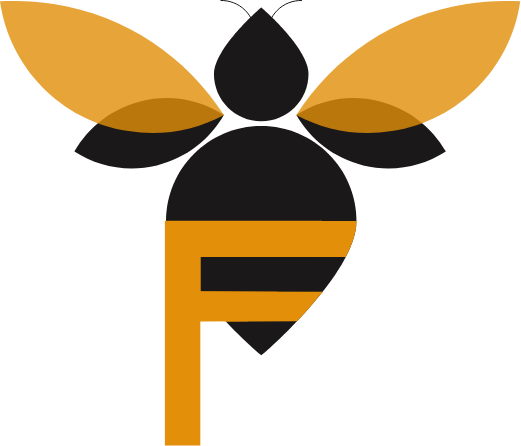AUGUST 2025
Well I was very glad to at last get a good downpour of rain over the last week or so. Everything has been so very dry and there was evidence of a dearth of nectar for my bees – they all went backwards with the bramble over so early, and not much to replace it. I am pleased that they are now bringing in heather and Himalayan Balsam, and filling up their stores again.
I normally find August a joy. Swarming season is over (probably……I just went out and collected a swarm whilst in the middle of writing this!!!) and I take a more relaxed approach to my bees. I know that my colonies are all queen right with young queens and unlikely to swarm now. Whilst once a week is a good routine during swarm season, I now try to ask myself why do I need to do a full inspection at this stage, when I will disrupt the bees and disturb the carefully controlled temperature in the hive on a hot day.
However this year I have had a warning of EFB nearby via Beebase, so every brood comb is coming out for a thorough inspection. If your colonies are not registered on Beebase, then register them now – in that way you will get alerts if EFB is near to your apiary. Signs to look out for are:
* EFB infected larvae no longer sit in their cells in a healthy ‘C’ shape and lose their plump segmented appearance. Some become twisted in their cells and others have the appearance of looking melted down.
* After dying, the larval remains will turn yellow, then brown. As dead larvae decompose further, they dry out and turn into a brown scale, which has a rubbery consistency, and can be easily removed from the cell
* Sometimes infected larvae die after they are sealed. When this happens, there may be perforated cell cappings, where the nurse bees have detected the disease and investigate.
* When there is a heavy infection with EFB, the brood pattern will become patchy and erratic as dead brood is removed by the nurse bees.
And wasps ….the biggest challenge for me in the past couple of weeks has been wasps and it looks from social media like this is a common problem throughout the country. I put doors in to make the hive easier to guard. I also bought some fake wasp nests and hung them up around my colonies and that seems to have made a difference. In addition, I am normally an advocate for wasps as they are important pollinators and eat aphids – but I have reluctantly resorted to wasp traps too this year.
What is going on in the hive?
The queen will be laying still but these bees will take the colony through the winter. Winter bees have well developed fat bodies, enabling them to live much longer than the summer bees. It is important at this time of year to make sure that the hive is set up to succeed – disease free, low varroa mite numbers, plenty of stores, large enough in numbers to keep the colony going. So when you are next checking your hives, ask yourself whether they tick the boxes to make sure they are in the best possible place to go into winter. I have a very small colony that I am keeping my eye on in particular, which I have just moved into a nuc box more appropriate to their size. I will make a decision over the coming weeks whether I think it is a viable overwintering colony or whether I should merge it with another.
Check the larder
My garden is full of colour, lots of oregano, nasturtium, Californian poppy, Agapanthus, Buddleia and Rudbeckia, plus beyond the garden is Himalayan Balsam, Rosebay Willowherb and heather. There are also plenty of flowers in my vegetable plot and I recently watched a honeybee sit in a squash flower for several minutes. So plenty of forage around now; the heather on Crooksbury Common in particular is getting more spectacular by the day. I am hoping that the recent rain means it will be a good heather harvest.
Enjoy your bees!




